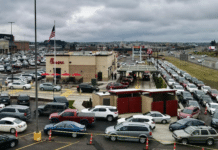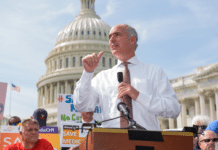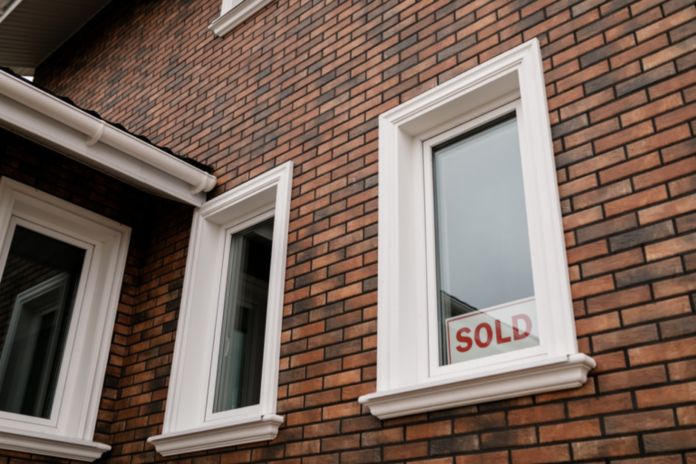The Minneapolis-St. Paul metro area is experiencing the worst of a nationwide housing shortage that shows no signs of letting up anytime soon.
A report by the Star Tribune says the Twin Cities housing shortage surpasses that of Los Angeles, Seattle, and Denver — cities epitomizing the phrase “high cost of living.” Data from the Minnesota Population Center shows that only 4.6% of for-sale and rental housing in the Twin Cities metro was vacant last year. The median sale price also exceeded $350,000 this summer for the very first time.
The U.S. housing shortage is a problem that began before the COVID-19 pandemic, though continued economic recovery from the early 2020 lockdowns has certainly exacerbated it. Housing demand has been sky-high while supply has been scarce. First-time buyers and move-up buyers alike face limited options, and they often have to bid or pay tens of thousands of dollars more than what sellers are already asking for.
CNBC quoted Coldwell Banker CEO Ryan Gorman as saying that “additional inventory is the solution to all that ails us at this moment,” and Twin Cities construction crews are certainly working harder than ever to supply that additional inventory. But numerous challenges remain, according to the Star Tribune report, which blames the problem primarily on metro area zoning laws, demographic change, shifts in buyer behavior, labor shortages, and scarce and expensive building materials.
Other observers, such as Center of the American Experiment economist Martha Njolomole, think the main cause of the issue is “excessive fees and regulations that get in the way of increasing the housing supply.”
“Before policymakers look into giving developers, builders, and investors even more reasons to stay away from the Twin Cities housing market by enacting rent control, they need to look into loosening regulations that delay and increase the cost of housing development,” she wrote.
In a May 2020 report, attorney and former gubernatorial candidate Jeff Johnson said the high cost of land is another factor “that is unique to our metro area, at least in the Midwest.”
“Why is land so expensive? The Metropolitan Council. The Met Council is the most powerful, unaccountable, regional planning organization in America. Its policies have created an artificial land scarcity that has sent land inflation through the roof in MSP as compared to any other Midwestern [metropolitan statistical area],” Johnson said.
He wrote that government regulations account for as much as “one-third of a new home’s price in the Twin Cities.”
The situation is threatening the Twin Cities economy, Libby Starling of the Federal Reserve Bank of Minneapolis told the Tribune.
“Affordable housing has been one of the primary attributes of our regional economic competitiveness, and that is no longer going to be true,” she said.
Starling added that what makes the current shortage especially concerning is that it is pricing out many in the middle class.
“People with the lowest incomes have always struggled with housing costs and that hasn’t changed. What’s changing is that more middle-income people are beginning to struggle. Their lives are being turned upside down as they struggle to find housing they can afford,” she told the Tribune.
In the Twin Cities and across the U.S., the shortage is likely to persist for many years to come. According to a National Association of Realtors report, the country can only make up the shortage by building 2.1 million new homes each year for an entire decade, which Forbes says is more than the number of homes built each year during the early to mid 2000s housing boom.


















